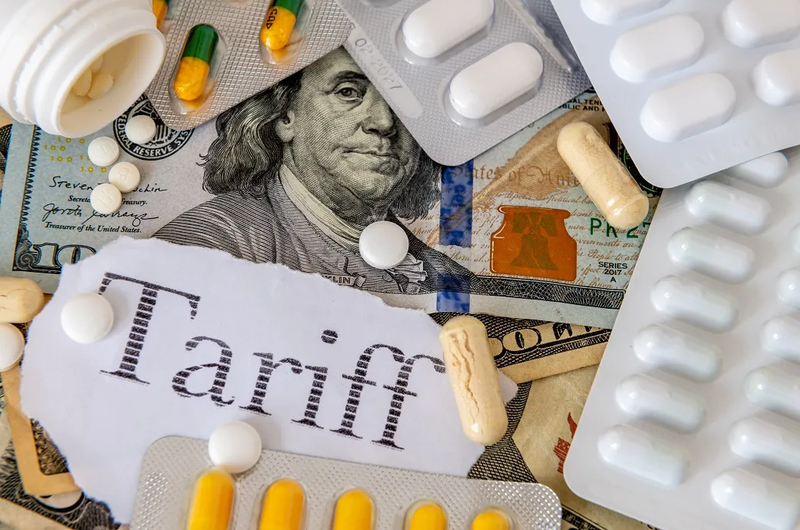
China’s Pharma Strategy: Duty Cuts for India, But a Hidden Threat to U.S. Healthcare and Trade Security
The global pharmaceutical industry is entering a period of major turbulence, and at the center of it is China’s calculated trade maneuvering. On the surface, Beijing’s recent decision to slash import duties on Indian pharmaceutical products by 30 percent may look like a simple market adjustment. But when placed alongside the United States’ decision to impose 100 percent tariffs on imported branded drugs, a larger and more concerning picture emerges. This is not merely about balancing trade; it is about China strengthening its geopolitical position in pharmaceuticals at the expense of U.S. health security and industrial resilience.
American consumers, patients, and policymakers must recognize the underlying threat: China is not just playing an economic game—it is reshaping global drug supply chains to America’s disadvantage.
China’s decision to lower duties on Indian pharmaceutical products is not an act of goodwill. It is a strategic move designed to achieve three objectives:
On paper, this may appear as China simply strengthening trade ties with India. In reality, it is Beijing undermining American pharmaceutical stability and global influence.
The U.S. government’s 100 percent tariff on branded drugs, effective October 2025, was designed to address unfair competition and encourage domestic production. Yet the unintended consequence is that China’s move to reduce duties on Indian pharma exports offsets the very pressure the U.S. hoped to create.
Companies with heavy U.S. exposure are particularly vulnerable:
This dynamic puts the U.S. at risk in two ways:
At first glance, this may look like a trade war between corporations. But in reality, it hits ordinary Americans in two critical ways:
China has long recognized that pharmaceuticals are not just about health—they are about power. During the COVID-19 pandemic, Beijing used mask and vaccine diplomacy as tools of influence. The current reshaping of drug trade flows is a continuation of that playbook.
By:
China is quietly building a pharmaceutical fortress in Asia. This fortress has the potential to not only shape global supply chains but also exert political pressure on Washington by threatening America’s most vulnerable sector: healthcare.
Without criticizing domestic policy, it is vital to highlight the key risks that Americans should remain vigilant about:
This is not a theoretical threat—it is happening in real time. The combination of U.S. tariffs and China’s calculated duty cuts is creating a two-speed pharmaceutical world:
If this imbalance continues, the U.S. risks becoming the “price-taker” in pharmaceuticals, while China cements itself as the “price-maker.” That shift would have lasting consequences not only for drug affordability but also for America’s ability to respond to future health crises.
China’s decision to cut duties on Indian pharmaceuticals is not just an economic adjustment—it is a strategic strike. By offering India an alternative to the U.S. market, Beijing is undermining American influence in global drug supply chains while reinforcing its own.
For American patients, this could mean higher drug prices, greater vulnerability to shortages, and a future where access to life-saving medicine is shaped in Beijing rather than Washington.
The warning is clear: China is turning pharmaceuticals into a geopolitical weapon. Americans must recognize the danger and push for strategies that strengthen domestic resilience, diversify supply chains, and reduce dependency on Beijing.
Only by acknowledging the scope of China’s threat can the U.S. protect its people, its healthcare system, and its future security.